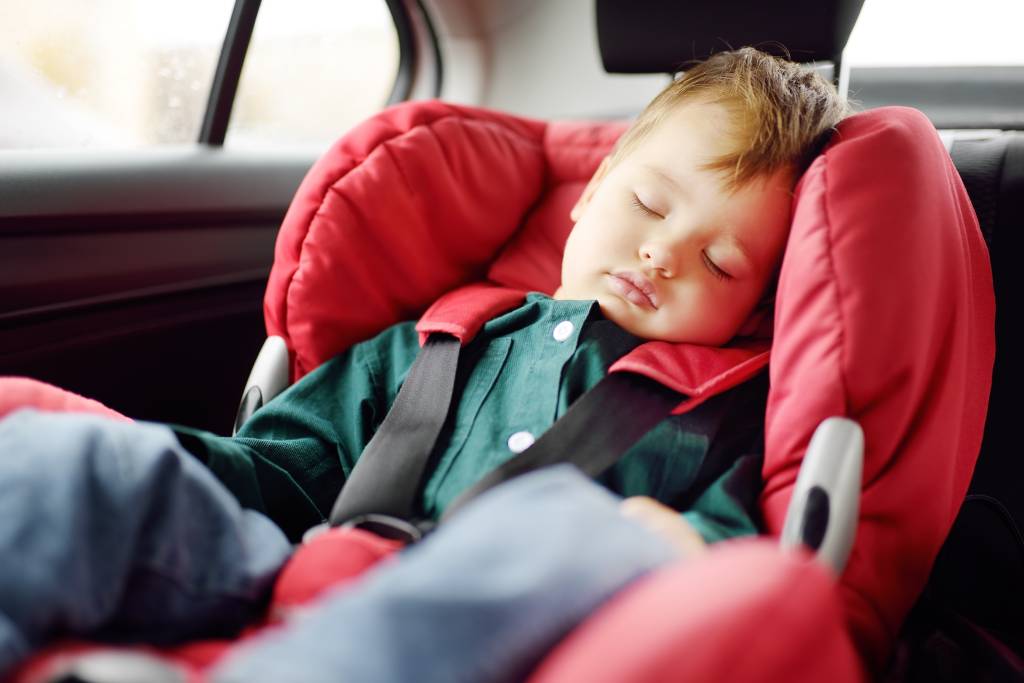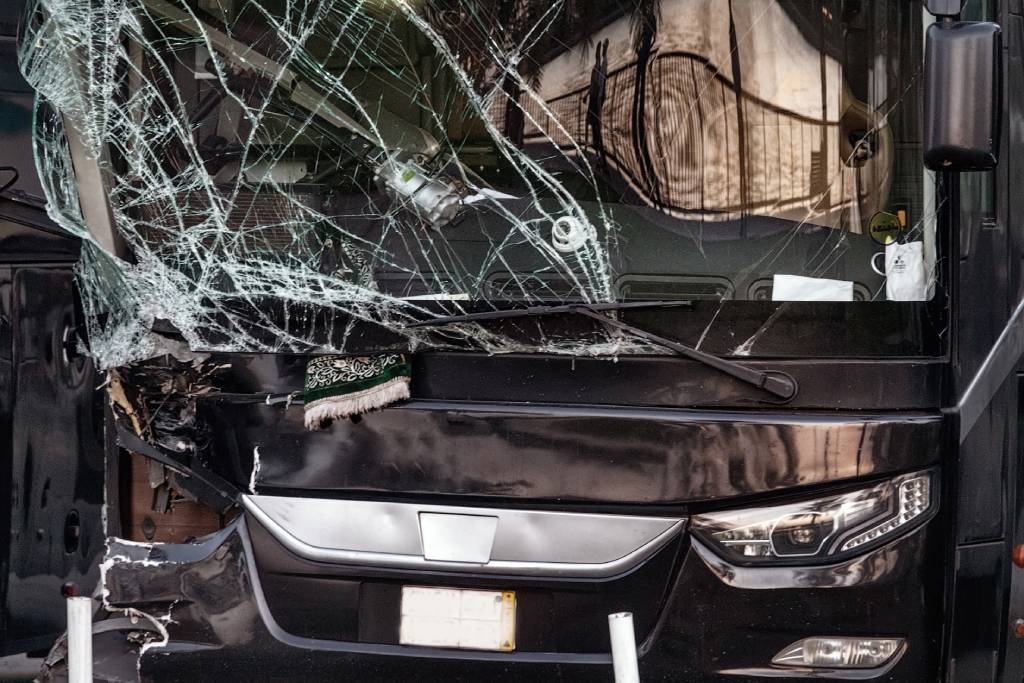What is an M1 and M2 License?
M1 and M2 licenses are the two different types of motorcycle licenses that California offers. An M1 license permits motorcyclists to drive any type of motorcycle or motorized scooter (essentially any vehicle with two wheels), while an M2 license only permits drivers to ride a motorized bicycle, moped, or motorized scooter.
In order to get a motorcycle license in California, there are a few things you need to do. Regardless of if you’ve grown up riding dirt bikes or motorized bicycles, street riding is very different from any other type of riding. It’s required for every person applying for a motorcycle license to pass the California motorcycle written test, and to take a basic rider course to prove that you can operate your two-wheeled vehicle safely on the road.
Then, you can decide between the M1 and M2 licenses to determine which type of two-wheeled vehicle you’ll be able to ride.
If you’re only interested in cruising around town on a moped or motorized bicycle (typically a two-wheeled motorized vehicle that doesn’t exceed 30 MPH), then you only need to get an M2 motorcycle license.
The M2 license is a more restrictive license and covers the following:
- A two- or three-wheeled motorized bicycle or moped that is not capable of exceeding 30 MPH
- Operational pedals to accelerate the vehicle
- An automatic transmission with a motor that puts out less than two gross brake horsepower
- An electric engine, with or without acceleration pedals
An M1 license permits drivers to operate any motorcycle or motorized vehicle with two wheels and is required for those of you wanting to take a spin on your Harley.
In order to apply for M1 and M2 licenses, you’ll need to visit your local DMV. You’ll complete a driver’s license application form and bring in some form of identification. You’ll need to take and pass the appropriate testing. Drivers can also complete the Basic Rider Course training program before applying to get their license and become exempt to taking the skills test when applying. This training can also lower your insurance rate. There is also a $43 motorcycle license fee.
If a driver is under 21, they will also have to complete a state-approved motorcycle safety course and be required to hold a learner’s permit for six months before being given a motorcycle license.
If you have a trike (motorized vehicle with three wheels), or a motorcycle with a sidecar, you are required to have a standard Class C driver’s license in order to operate your vehicle.
If you’re operating a motorcycle, ensure that you have the correct class of license to do so. If you get into an accident or get pulled over, you can be fined or have your license taken away for improperly operating your motorcycle. For more information on motorcycle license requirements visit the California DMV website.



